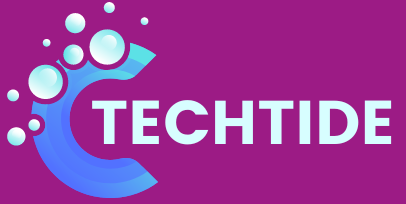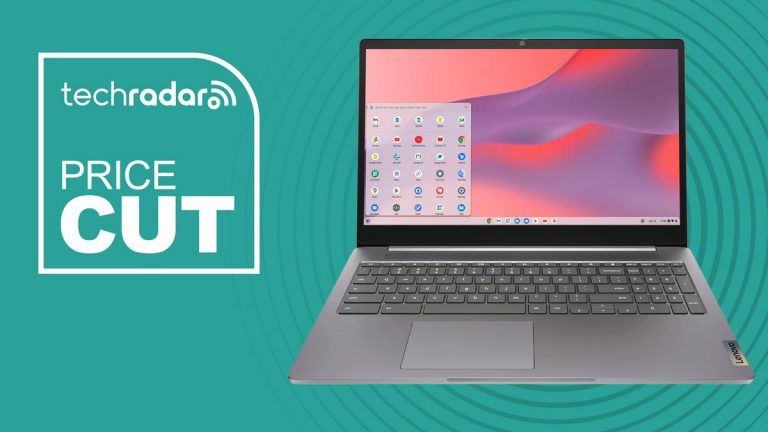Arrow Lake CPU Leaks Reveal Surprising Performance Gains for Gamers

Intel’s Arrow Lake Desktop CPUs: A Tricky Time Ahead?
Intel’s upcoming Arrow Lake desktop CPUs are generating buzz, with rumors suggesting they’re almost here. Leaked presentation slides have been making the rounds, and they’re causing some concern among gamers. Let’s dive in and explore what’s been revealed so far.
Gaming Performance: A Mixed Bag
The flagship Core Ultra 9 285K is expected to be slightly slower than the current Core i9-14900K when it comes to gaming. The difference is marginal, with an average of 264 frames per second (fps) for the 14900K versus 261 fps for the 285K. While this might not be a significant issue for most users, it’s a departure from the usual expectation of a new generation of CPUs offering a marked performance boost.
However, there is a silver lining. The Core Ultra 9 285K is expected to consume less power than the Raptor Lake Refresh flagship, with a reduction of up to 165W. This could be a significant advantage for those looking to build a power-efficient gaming PC.
Productivity Benchmarks: A Different Story
When it comes to productivity benchmarks, the Core Ultra 9 285K is expected to deliver impressive gains. In 3DMark, the CPU is 11% faster than the 14900K, and it’s also around 5-8% quicker in Cinebench and Geekbench. AMD’s Ryzen 9950X is roughly on par with the 285K in these tests.
Passmark Benchmark: A Single-Core Performance Champion
A recent Passmark benchmark has also surfaced, showing the Core Ultra 9 285K to be 11% faster than the Core i9-14900K in single-core performance. This is a significant achievement, and it suggests that Intel’s new CPU is well-suited for tasks that rely heavily on single-threaded performance.
Analysis: A Tricky Time Ahead for Intel?
The real-world gaming benchmarks are a concern, and they’re already causing controversy online. For Intel to fail to achieve any performance gain in gaming, and indeed a slight slip compared to the 14900K, is a disappointing showing.
The modest IPC gain for Arrow Lake’s performance cores (9%) and slower clock speeds compared to 14th-gen chips might be contributing factors. Additionally, the lack of hyper-threading for Arrow Lake is a drag factor, although it’s not a significant issue for gaming.
The trade-off is that Arrow Lake is a good deal more power-efficient than Intel’s current CPUs. However, given the company’s recent struggles with power consumption, this might not be enough to offset the disappointing gaming performance.
What’s Next for Intel?
The pricing of Arrow Lake CPUs will be crucial in determining their success. Intel may need to consider pitching price tags more competitively than usual, especially given the lackluster reception for new Ryzen 9000 CPUs.
The cloud cast over Intel silicon due to the instability debacle with 14th-gen and 13th-gen processors is also a concern. While Arrow Lake isn’t affected by these voltage woes, the negative publicity surrounding Intel’s recent issues might impact consumer confidence.
Only time will tell how Arrow Lake will fare in the market. One thing is certain, though: the competition is heating up, and AMD is poised to make a strong push with its Ryzen 9800X3D CPU.






